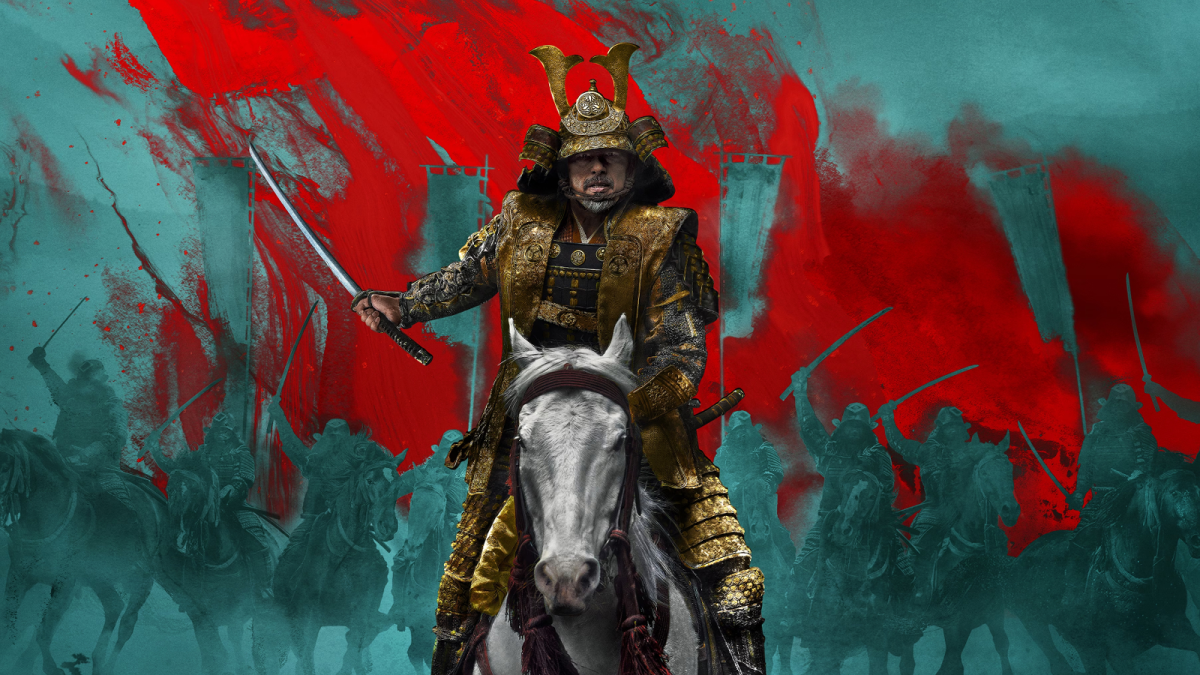Shōgun presents a vivid portrait of feudal Japan – but just how historically accurate is the FX historical drama, really? Read on to find out!
Related: Shōgun: What Is Nattō, Explained
Is FX’s Shōgun Historically Accurate?
Yes and no. Yes, Shōgun was inspired by real-life events, but no, it’s not an accurate retelling of those events. Instead, it takes its cues from James Clavell’s 1975 historical fiction novel, Shōgun, which chronicles the exploits of renamed, fictionalized versions of actual historical figures. In practice, this means that the majority of Shōgun‘s sprawling cast of characters have real-world counterparts whose lives were broadly similar to what’s depicted in Clavell’s novel and its FX adaptation.
This is especially true of Shōgun‘s two lead characters, Lord Yoshii Toranaga and Pilot-Major John Blackthorne. Toranaga’s inspiration, Tokugawa Ieyasu, really was one of five ruling regents in the late Sengoku period who ultimately assumed the rank of shōgun. Similarly, Blackthorne’s unlikely journey from English sailor to samurai mirrors what happened to an actual person, William Adams. And just like in the book and limited series, Adams served as one of Ieyasu’s advisors.
Related: Shōgun: What Is the Minowara Bloodline?
Shōgun‘s broader political context is on the money, too. As alluded to above, the five-way power-sharing arrangement in Shōgun matches what was going on in feudal Japan at the time. The same goes for the other regents moving against Toranaga and lighting the fuse for civil war – that’s more or less what went down between Ieyasu and his rivals. What’s more, the Spanish and Portuguese really were active in the region during the Sengoku period as in the book and show, and they really converted some of the locals (including some lords) to Christianity.
Bottom line? Shōgun is true to the spirit – and many historical details – of its subject matter, but you shouldn’t treat it as a factual account of the Sengoku period’s final days.
Is the Shōgun Show More Historically Accurate Than the Book?
Yes, in at least one key way: guns versus cannons. In Clavell’s book, John Blackthorne trains Toranaga’s forces in the use of the former. This doesn’t make a whole lot of sense, as firearms were already old news in Japan by the time Blackthorne arrived on the scene. As such, showrunners Rachel Kondo and Justin Marks altered Blackthorne’s curriculum in the Shōgun limited series to cover heavy artillery, instead.
Related: Shōgun: What Is a Rōnin, Explained
“We changed the gun regiment from the book into a cannon regiment simply because the Japanese had already been introduced to guns in the middle of the 16th century,” Marks recently told GQ. “So they were very familiar with them by the time the story takes place. What they weren’t as familiar with – because the Portuguese weren’t as proficient with [them] – were cannons.”
Shōgun is currently airing on FX, with new episodes dropping Tuesdays.






Published: Mar 15, 2024 08:06 am